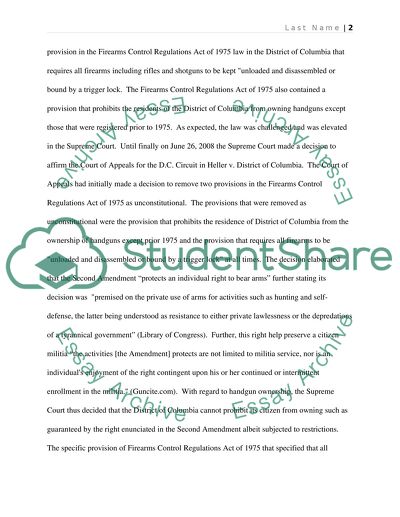Cite this document
(“How should the second amendment be interpreted Research Paper”, n.d.)
Retrieved from https://studentshare.org/philosophy/1477551-how-should-the-second-amendment-be-interpreted
Retrieved from https://studentshare.org/philosophy/1477551-how-should-the-second-amendment-be-interpreted
(How Should the Second Amendment Be Interpreted Research Paper)
https://studentshare.org/philosophy/1477551-how-should-the-second-amendment-be-interpreted.
https://studentshare.org/philosophy/1477551-how-should-the-second-amendment-be-interpreted.
“How Should the Second Amendment Be Interpreted Research Paper”, n.d. https://studentshare.org/philosophy/1477551-how-should-the-second-amendment-be-interpreted.


